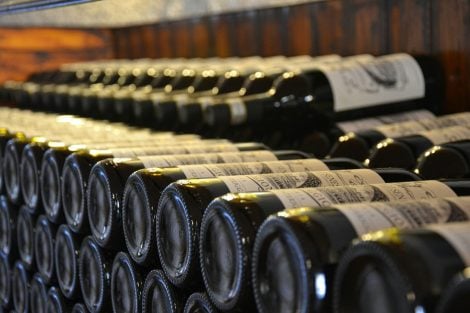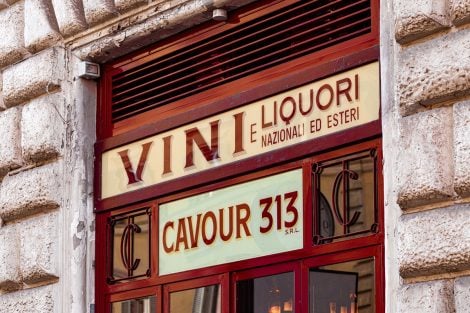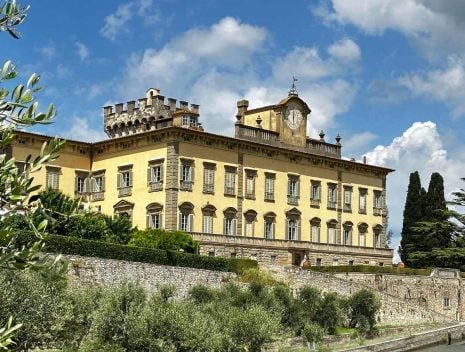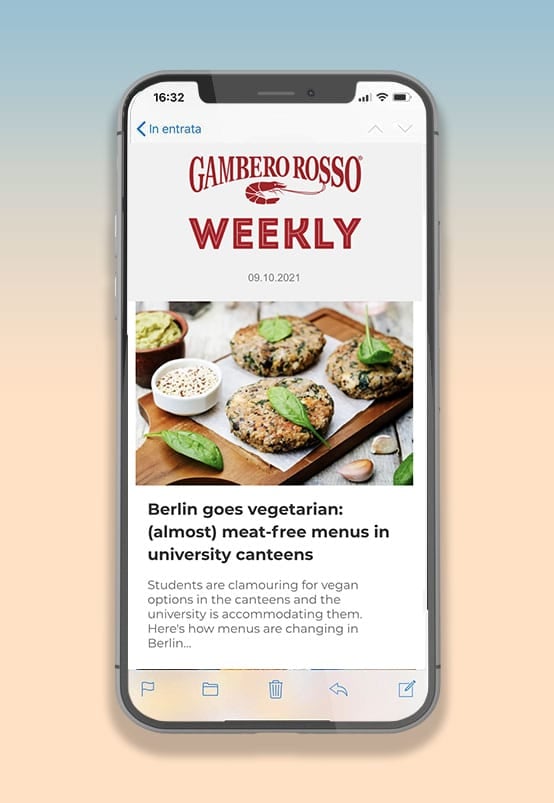This is the story of a passion that blossomed and became a beautiful gastronomic reality. It’s the story of Francesco Bissoli, who in 2012 left the family business to open a farmhouse restaurant with two friends. But to do what, exactly?
"I had been travelling around visiting farms for quite some time," he recalls. "One day I met a farmer who raised free-range ‘moro’ pigs. They were thriving and the meat was of exceptional quality — rich in omega-3 and aromatic fat — so we decided to give it a go."
They found a site a few kilometres from Mantua, they found the pigs (initially just 30, later growing to a maximum of 60 animals), and they found the name: Porc a l’ora.
"It means ‘pig in the shade’, a reflection of the quality and wellbeing we guarantee all our livestock: large spaces, food, fresh water, and plenty of shade to enjoy during the scorching summer days that hit hard here in the plains."
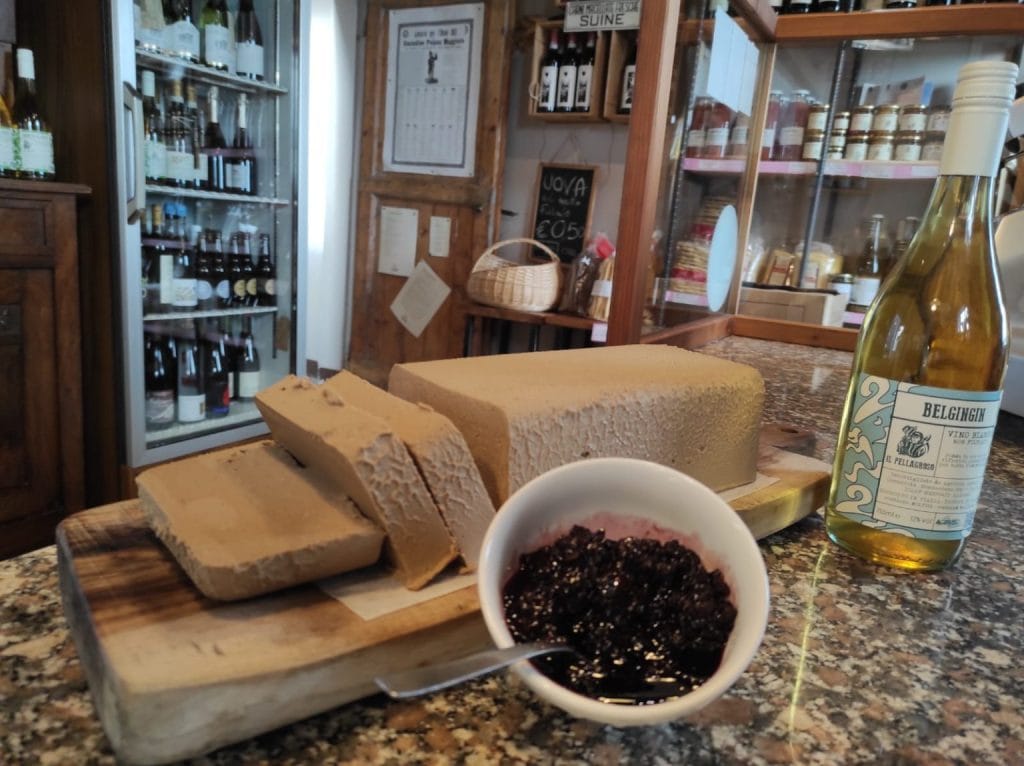
Francesco’s pigs
The business began, the commitment was huge, and the efforts (especially financial) kept growing. Chickens, geese and rabbits were added, and today, even though the original group has changed, the agriturismo is a well-established reality that's generating a lot of buzz.
"I slaughter 60 pigs a year," says Francesco, "weighing between 190 and 250 kilos depending on the preparation. They become cured meats like coppa, pancetta, loin, two types of salami (the ‘stortini’ and the ‘gentile’), culatello and of course porchetta."
Other parts are used for preparations like sausages, or to enhance Mantua’s iconic dish — which is also a highlight of the agriturismo — riso alla pilota, here served with ribs cooked in a pan for several hours.
The lardo is transformed into ‘Grass Pista’, a thick cream made with parsley, garlic and salt, spread on freshly grilled polenta. Or Greppole — pressed or unpressed pork cracklings, salted and dried afterwards.
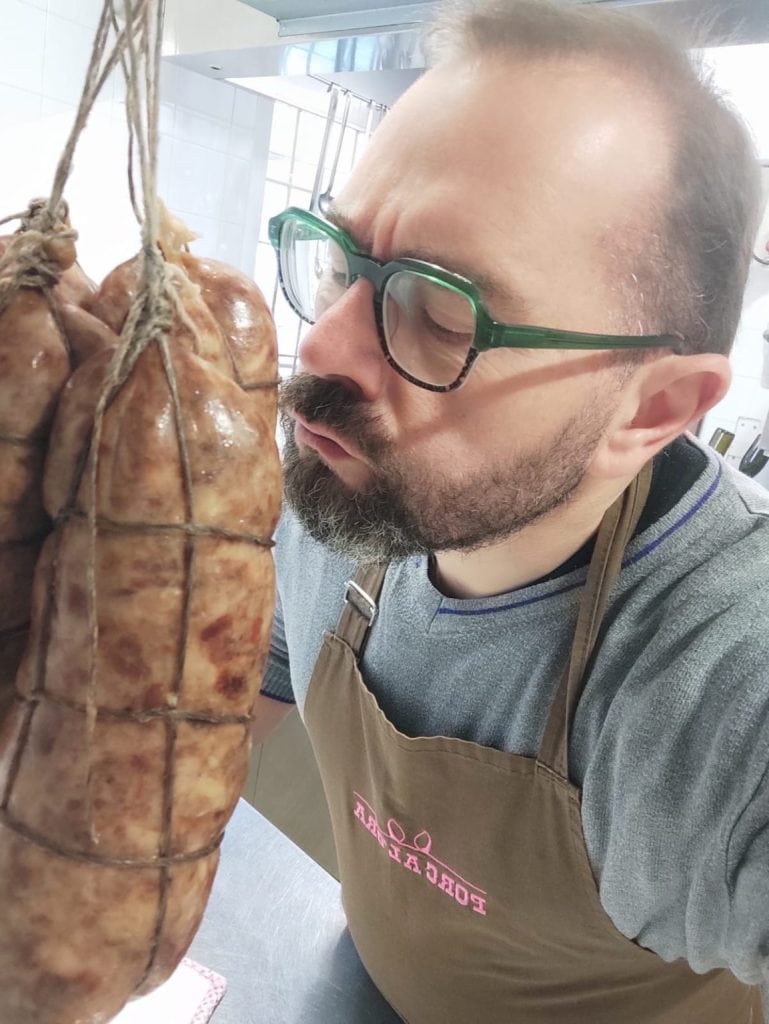
Eating at a farmhouse in Mantua
"What I produce with my pigs is divided between local restaurateurs and my own restaurant, which I open only at weekends and on special occasions."
About fifty covers, more in summer, where guests can sample the full quality of the territory.
In addition to the cured meats, there’s the riso alla pilota with ribs, and anolini in broth; among the second courses: braised free-range pork, stuffed guinea fowl, cotechino. Depending on availability, you might also find beans with pork rind, pulled pork, and Parmigiana-style tripe, made according to the family recipe.
Jenny, Francesco’s trusted helper, is in charge of desserts and also manages the dining room and wine cellar, with some truly surprising selections.
The small vineyard next to the stone building is used to make saba, the cooked grape must produced in small batches and prepared for winter.
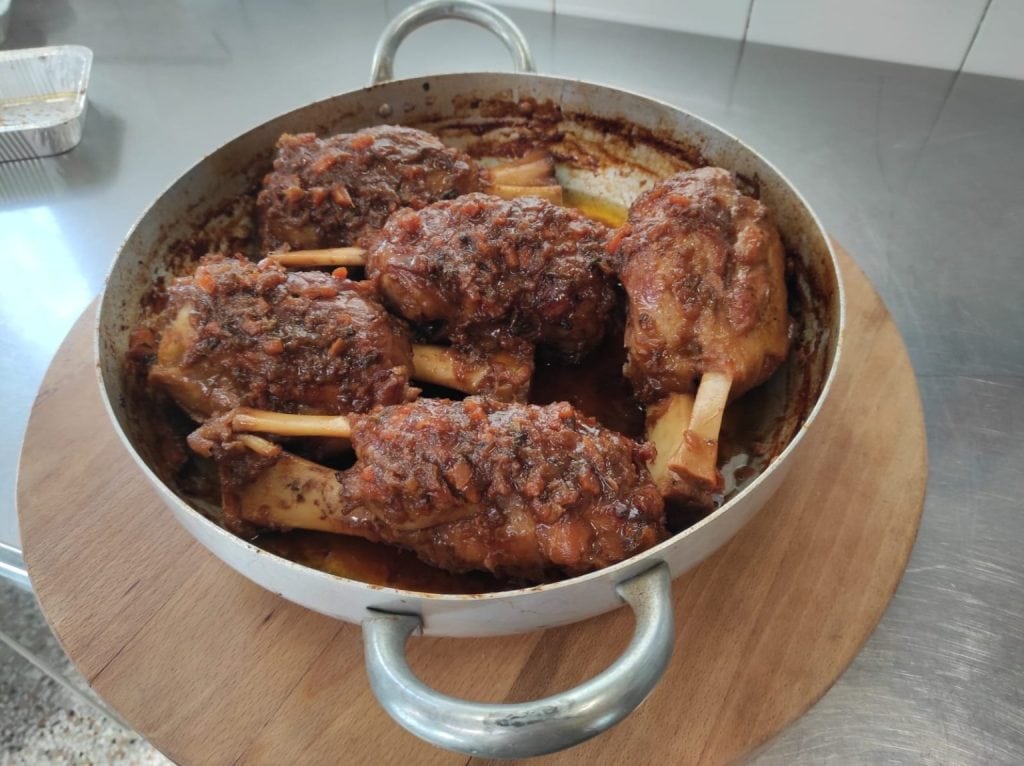
A kitchen of passion
"From 2024 onwards," Francesco explains, "due to increasingly strict biosecurity regulations imposed by the Lombardy region to combat swine fever, we’ve temporarily suspended operations. The investment needed was too high, so I moved the animals elsewhere, still adhering to free-range principles; I go to slaughter them each week at a friend’s farm, following my rules and recipes."
When he’s not at the agriturismo, Francesco travels the province with a stall at the farmers’ market:
"I want people to discover the quality of my products, so I tell the story behind them — and sell them — in Mantua too."
Word of mouth and a YouTube video by Giuliacrossbow did the rest: nowadays, booking is essential to enjoy this truly remarkable cuisine — and to hear Francesco’s story, one of passion, determination, and outstanding quality.

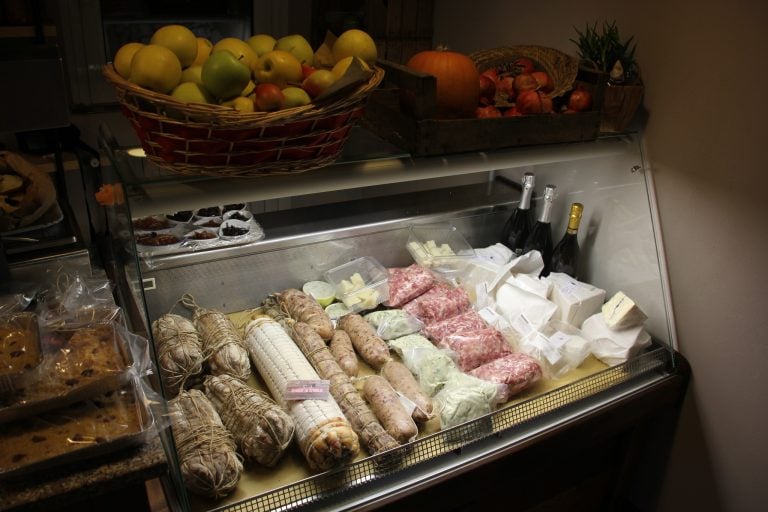
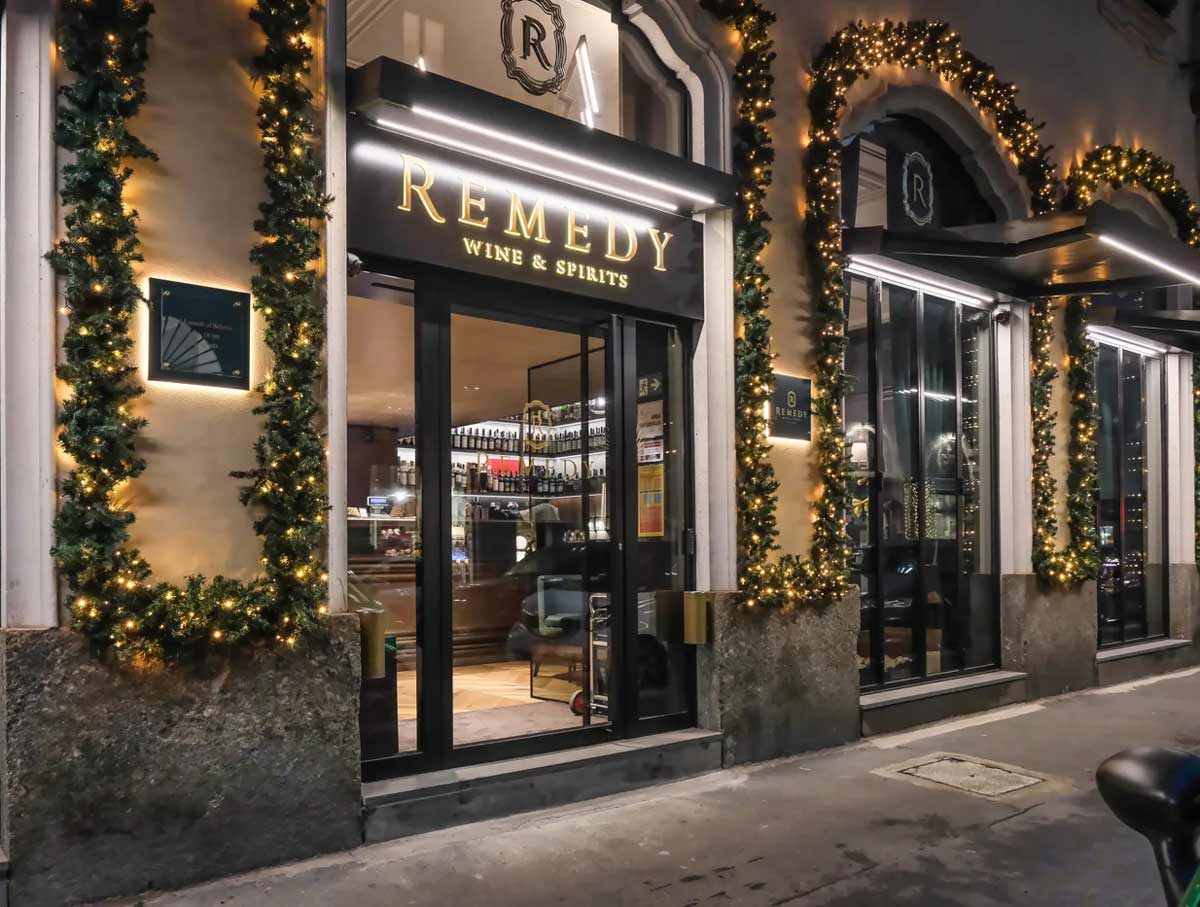 Six thousand wines and two thousand spirits. The story of three friends who opened their dream venue in Milan
Six thousand wines and two thousand spirits. The story of three friends who opened their dream venue in Milan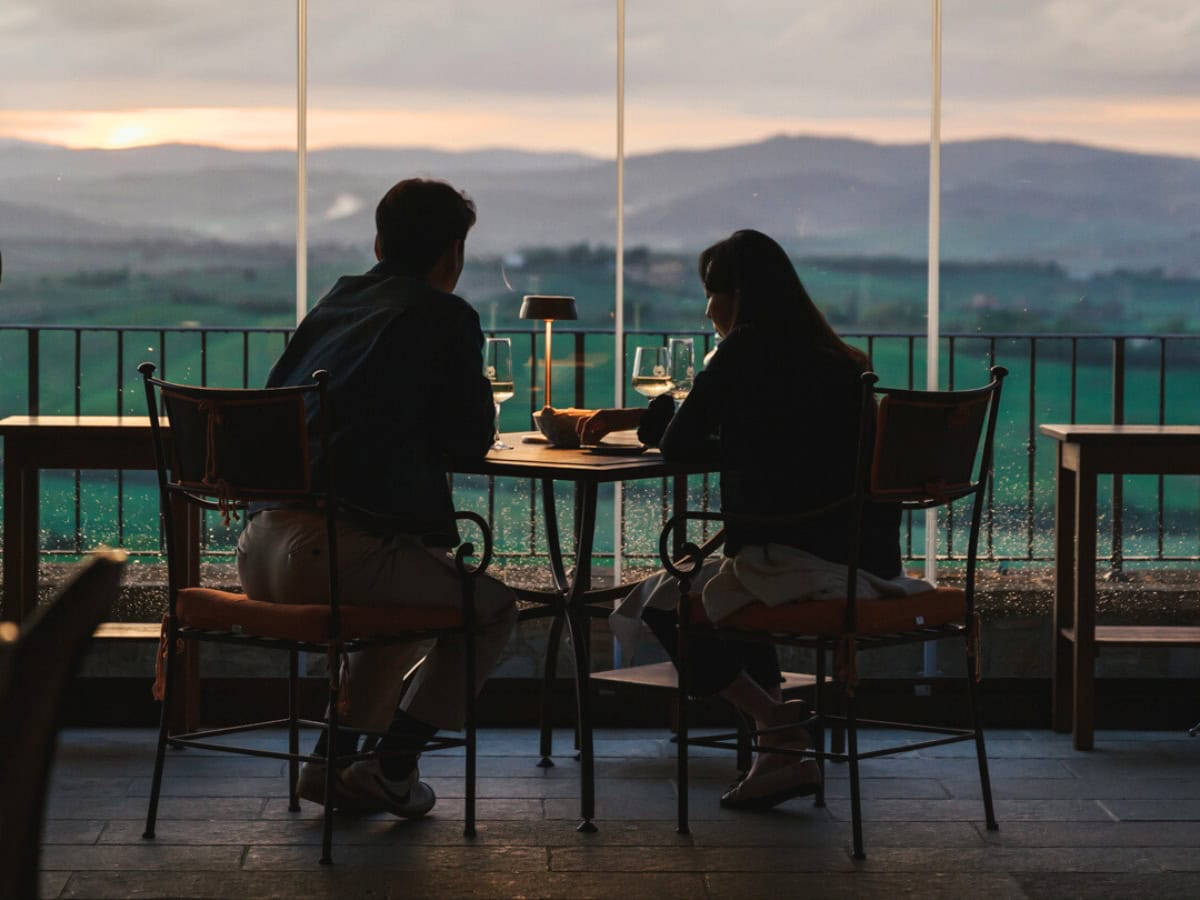 In Val d’Orcia, a winery is ready to dazzle with haute cuisine. Here's the new opening aiming high
In Val d’Orcia, a winery is ready to dazzle with haute cuisine. Here's the new opening aiming high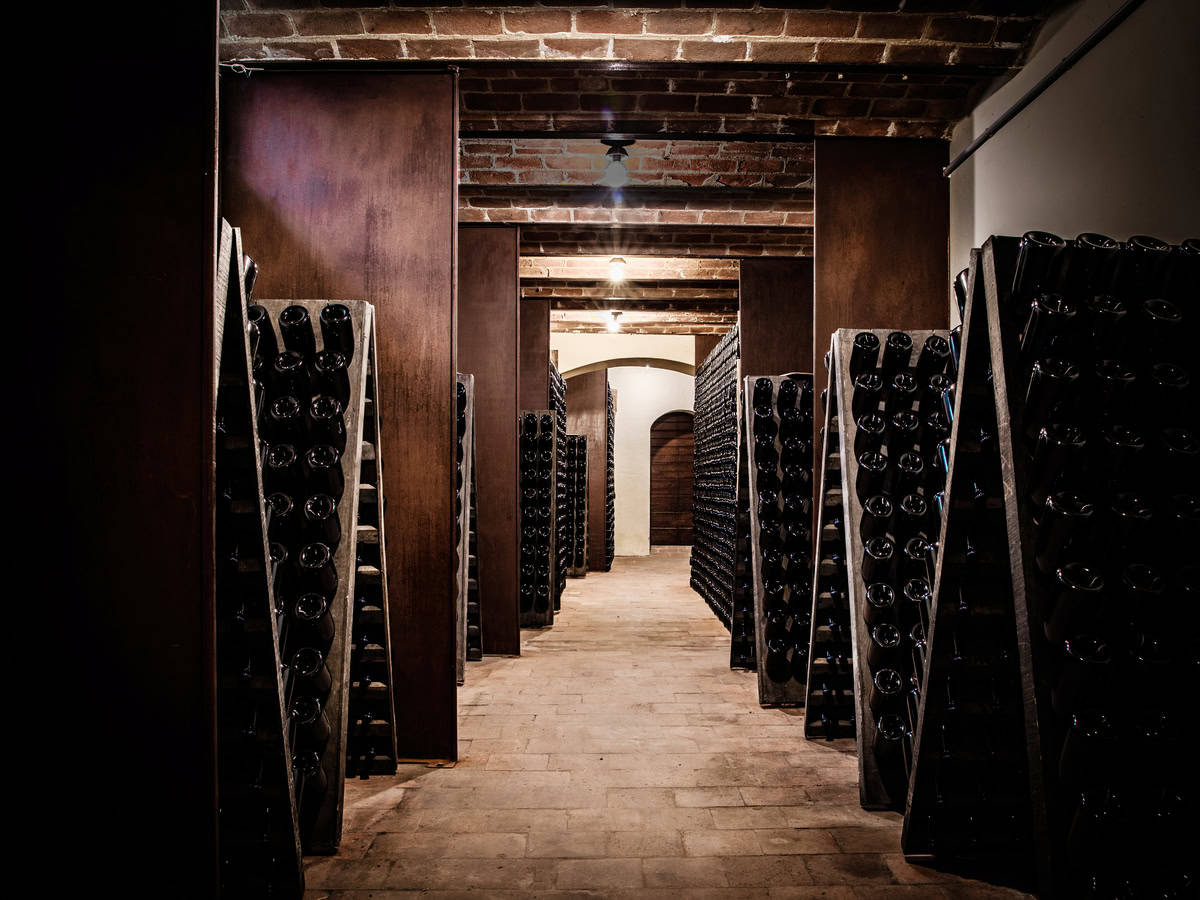 For Alta Langa, the spotlight moment has arrived, but a shared identity must be found
For Alta Langa, the spotlight moment has arrived, but a shared identity must be found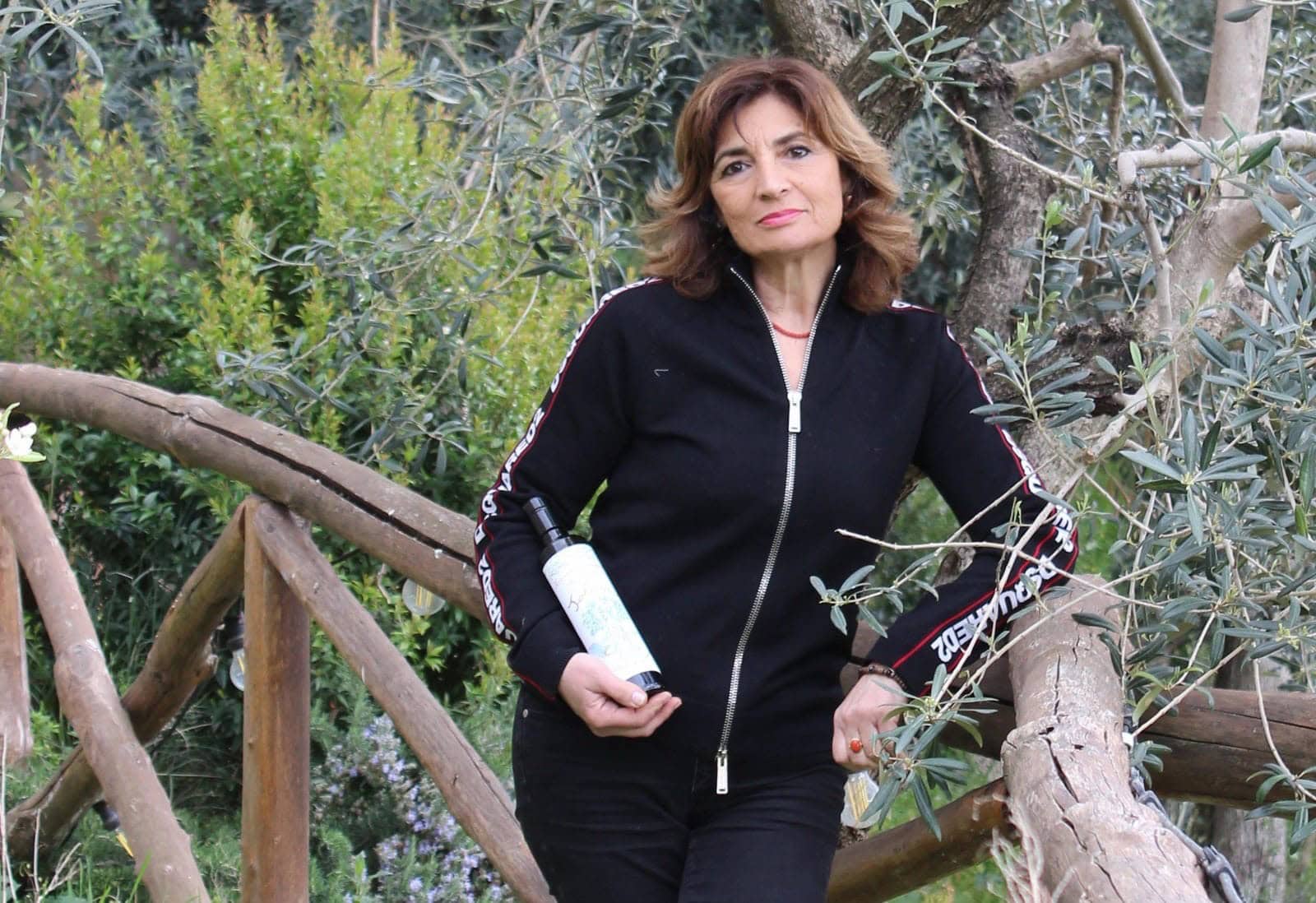 The woman who reclaimed a centuries-old abandoned olive grove on the Sorrento coast
The woman who reclaimed a centuries-old abandoned olive grove on the Sorrento coast "Wine consumption in recession. Pre-tariff stockpiling misled the markets." UIV's message to policymakers
"Wine consumption in recession. Pre-tariff stockpiling misled the markets." UIV's message to policymakers

